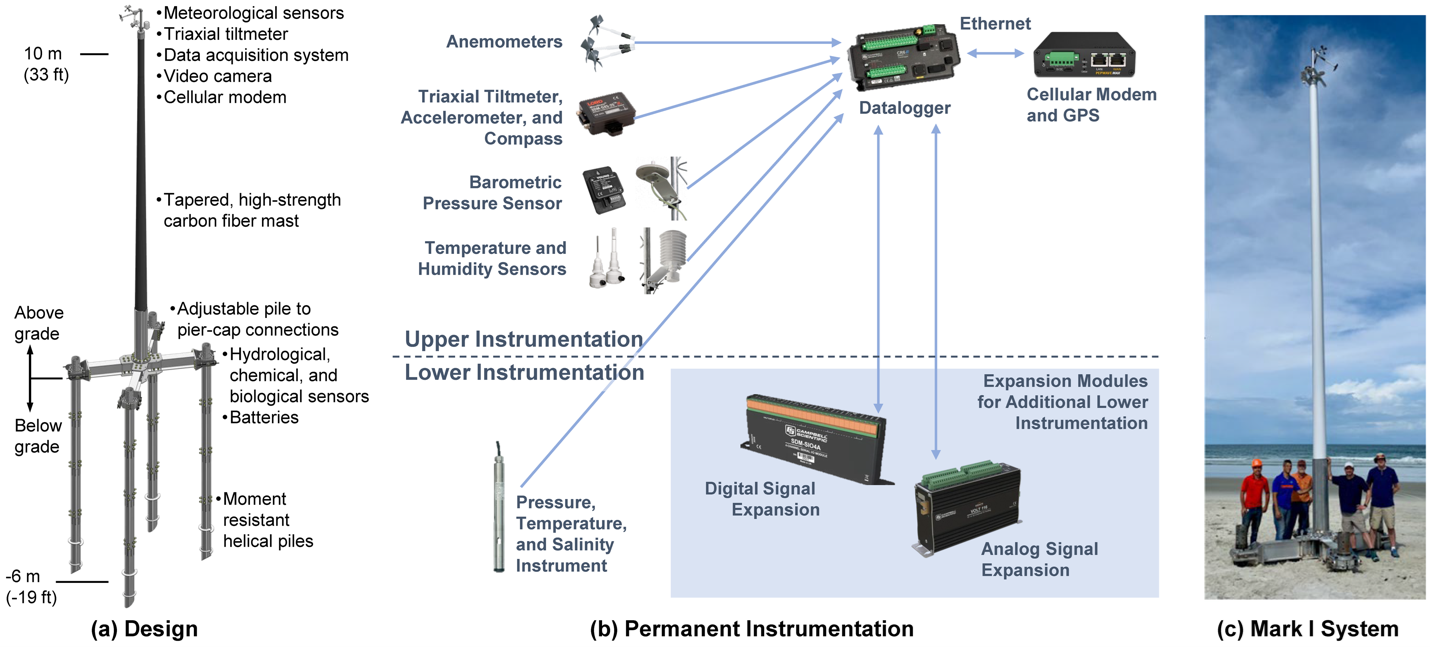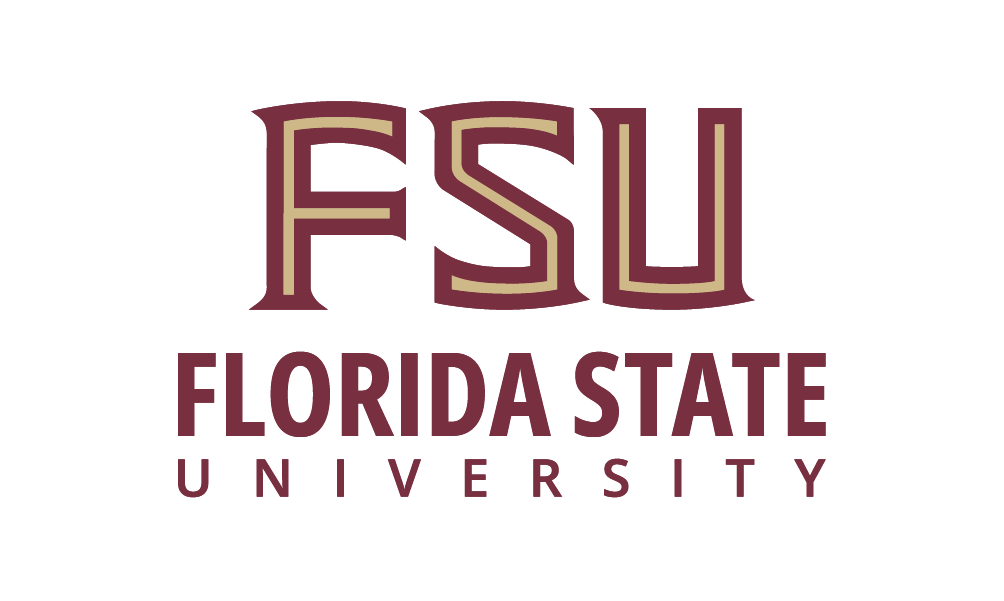 Hurricanes cause widespread interruption to meteorological and hydrological measurement stations exactly at the time when researchers and decision-makers need them most. To fill this observational gap, researchers led by Dr. Forrest Masters (UF) developed a state-of-the-art monitoring station, called a "Sentinel," engineered to operate in and measure extreme wind, storm surge, wave, and hazardous water quality conditions. This platform is currently being used to collect data in the Tampa area by this research group.
Hurricanes cause widespread interruption to meteorological and hydrological measurement stations exactly at the time when researchers and decision-makers need them most. To fill this observational gap, researchers led by Dr. Forrest Masters (UF) developed a state-of-the-art monitoring station, called a "Sentinel," engineered to operate in and measure extreme wind, storm surge, wave, and hazardous water quality conditions. This platform is currently being used to collect data in the Tampa area by this research group.
In 2021, a Mark I Sentinel was designed and prototyped. In contrast to permanent stations that are elevated and hardened to avoid/ resist flooding and waves, the station was designed for temporary installation at the shoreline between the mean tidal datum and the sand dunes. Its system was designed to resist 5 m breaking waves in a 5 m still water depth, accounting for 1 m of combined erosion and pile scour. Data such as 3D wind velocity, pressure, temperature, humidity data, and videos are collected at the top of the mast.
This year, the team, including Dr. Brian Phillips (UF), Dr. Forrest Masters (UF), Dr. Britt Raubenheimer (Woods Hole Oceanographic Institute), Dr. Maitane Olabarrieta (UF), Dr. Elise Morrison (UF), Dr. Chris Ferraro (UF), and Dr. Justin Davis (UF), received an NSF Major Research Instrumentation award to support the design of a Mark II Sentinel system and the commissioning of a fleet of six Mark II Sentinels.

Data and video will be shared with a broad spectrum of research, operational, and commercial partners as well as interests supporting local response and recovery, such as state departments of environmental protection or natural resources. These stations will support fundamental research that includes, but is not limited to, numerical weather prediction, storm surge, shallow wave modeling, boundary layer meteorology, air-sea interaction, biogeochemistry, aircraft- and satellite-based remote sensing of the surface wind and wave fields, and hydrodynamic loading of coastal structures. We wish the team smooth, safe conditions for their deployment this week!











